With the assistance of a novel motion simulator, researchers at Bar-Ilan University in Israel have discovered that rats rely on airflow to navigate their surroundings. When they move, the flow of air relative to their bodies provides crucial information, complementary to their sense of balance, to perceive their own motion in space. This might explain their agility in the dark as they scurry through pipes and tunnels, turn corners, and effortlessly travel from one location to another, all while knowing exactly where they’re headed.
Tag: Airflow
Scientists harness the wind as a tool to move objects
Researchers have developed a technique to move objects around with a jet of wind. The new approach makes it possible to manipulate objects at a distance and could be integrated into robots to give machines ethereal fingers.
Optimal Layout for a Hospital Isolation Room to Contain COVID-19 Includes Ceiling Vent
Researchers recently modeled the transmission of COVID-19 within an isolation room at the Royal Brompton Hospital in London, U.K. Their goal was to explore the optimal room layout to reduce the risk of infection for health care staff. To accomplish this, they used an adaptive mesh finite-element computational fluid dynamics model to simulate 3D spatial distribution of the virus within the room — based on data collected from the room during a COVID-19 patient’s stay. They share their findings and guidance in Physics of Fluids.
Flushing a Public Toilet? Don’t Linger, Because Aerosolized Droplets Do
Because COVID-19 has been detected in urine and stool samples, public restrooms can be cause for concern. Researchers measured droplets generated from flushing a toilet and a urinal in a public restroom and found a substantial increase in the measured aerosol levels in the ambient environment with the total number of droplets generated in each flushing test ranging up to the tens of thousands. Due to their small size, these droplets can remain suspended for a long time.

The Mask Matters: How Masks Affect Airflow, Protection Effectiveness
Even though it has been widely known that wearing a face mask will help mitigate the community spread of COVID-19, less is known regarding the specific effectiveness of masks in reducing the viral load in the respiratory tracts of those wearing them. In Physics of Fluids, researchers examined the effect of wearing a three-layer surgical mask on inspiratory airflows and the mask’s effects on the inhalation and deposition of ambient particles in the upper respiratory airways.
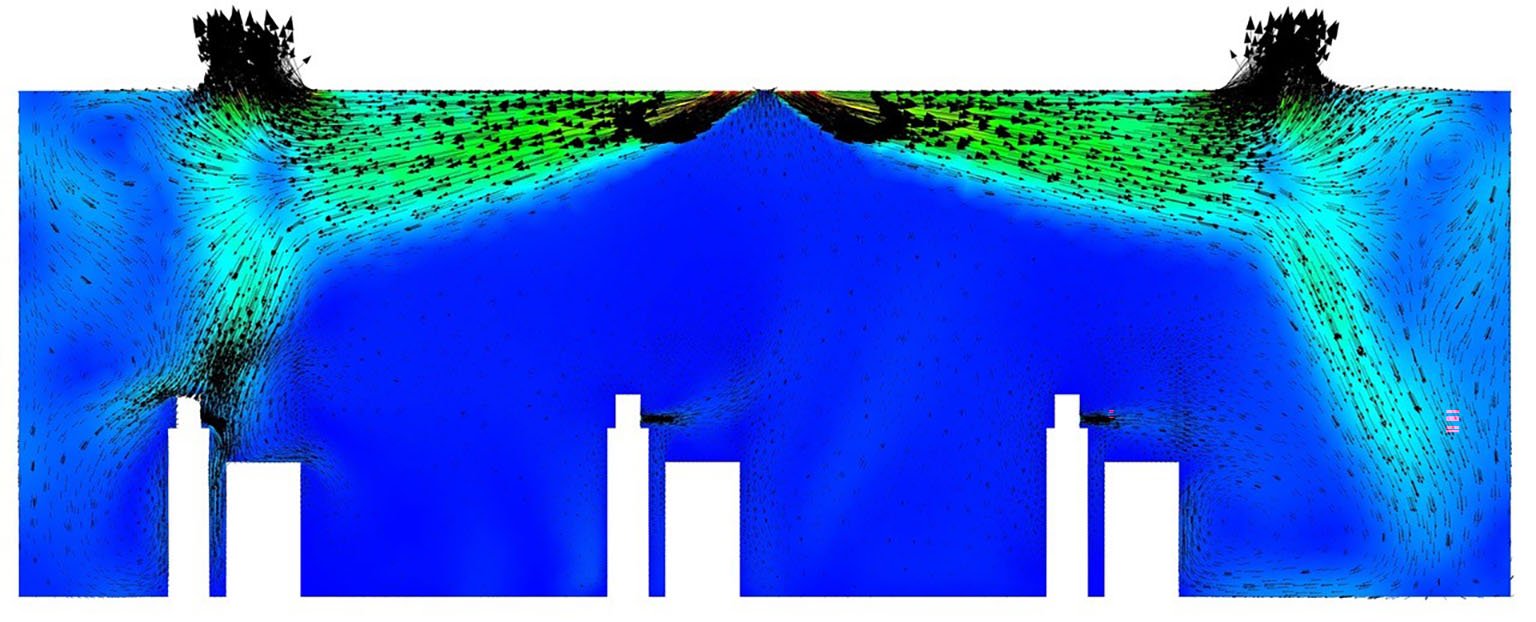
Keeping COVID-19 Out of Classrooms: Open Windows, Use Glass Screens In Front of Desks
Flow velocity distribution and particle size are key in aerosol transport, which is one of the main ways COVID-19 spreads, when aerosol particles are released during exhalation, talking, coughing, or sneezing. In Physics of Fluids, University of New Mexico researchers used computational fluid-particle dynamics to explore aerosol transport within an air-conditioned classroom model. They discovered opening windows increases the fraction of particles that exit the system by nearly 40%, while also reducing aerosol transmission between people within.
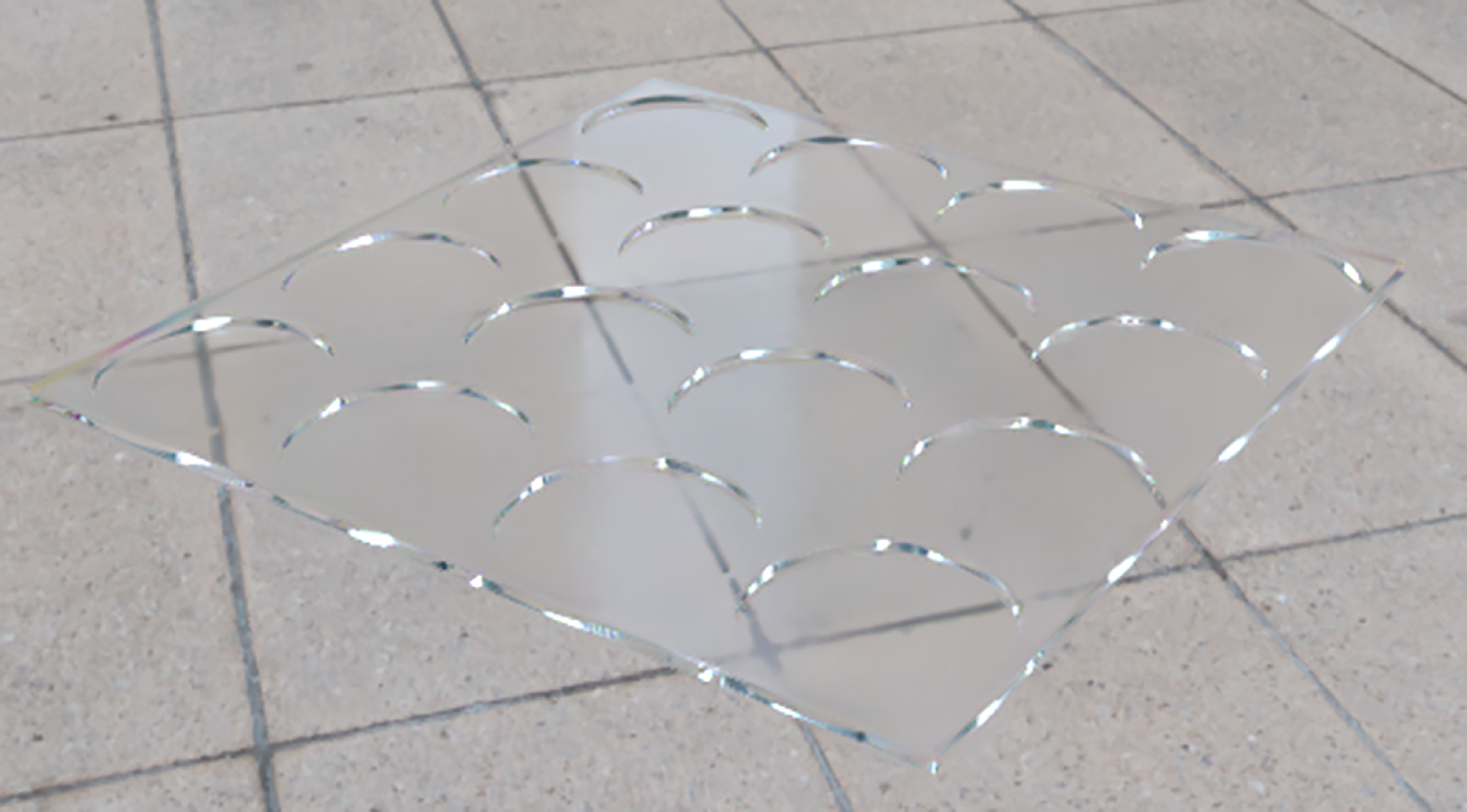
Decorating Windows for Optimal Sound Transmission
Glass windows typically offer some amount of sound proofing, sometimes unintentionally. In general, ventilation is required to achieve large sound transmission. But some applications — like gas explosion studies — require a transparent partition that allows for acoustic propagation without the presence of airflow. In those cases, ventilation is not allowed. In Applied Physics Letters, researchers discuss a layered glass material they developed that allows for efficient sound transmission with no air ventilation.
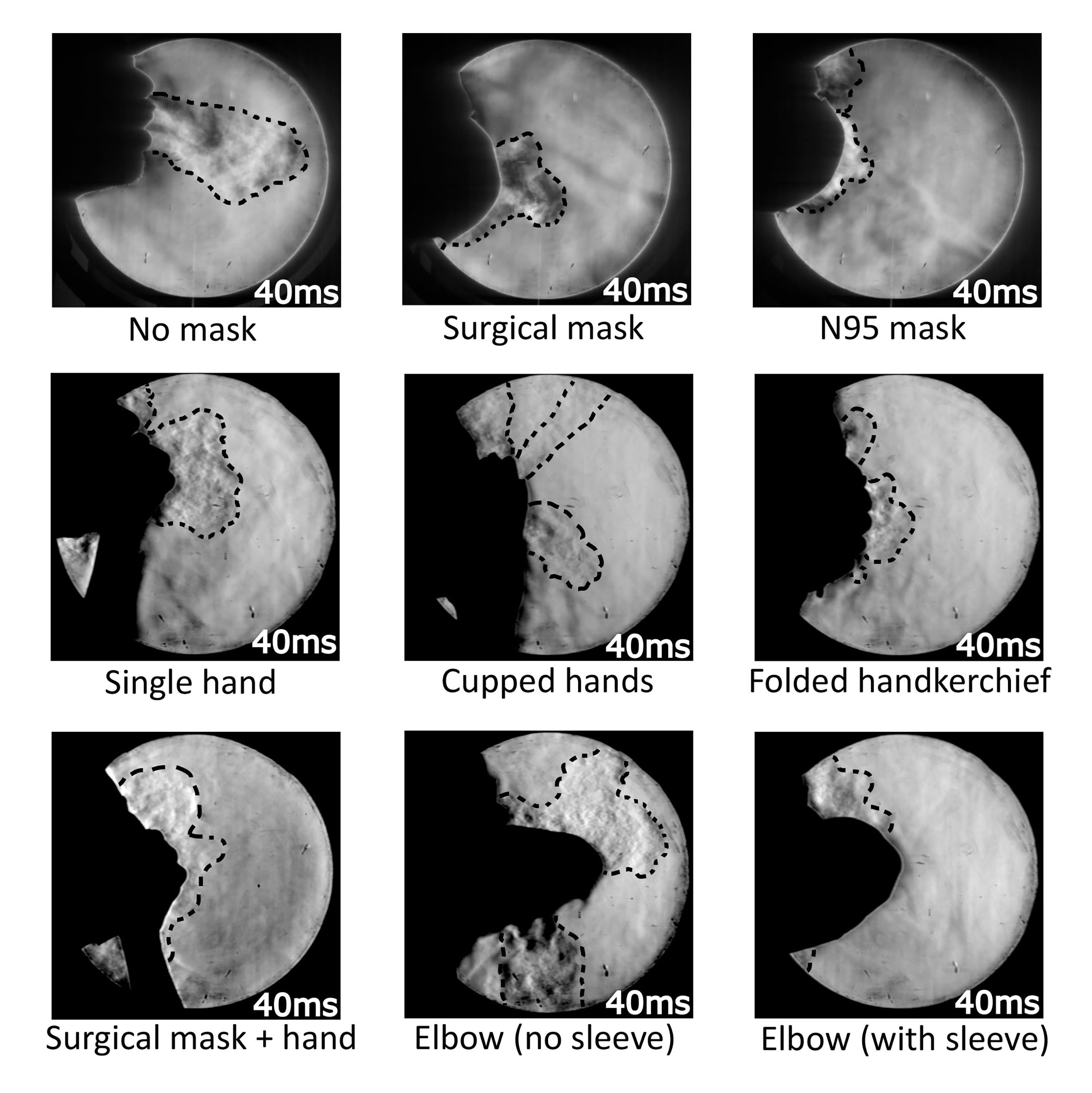
Effectiveness of Cloth Masks Depends on Type of Covering
Months into the COVID-19 pandemic, wearing a mask while out in public has become the recommended practice. However, many still question the effectiveness of this. To allay doubts, Padmanabha Prasanna Simha, from the Indian Space Research Organisation, and Prasanna Simha Mohan Rao, from the Sri Jayadeva Institute of Cardiovascular Sciences and Research, experimentally visualized the flow fields of coughs under various common mouth covering scenarios. They present their findings in the journal Physics of Fluids.
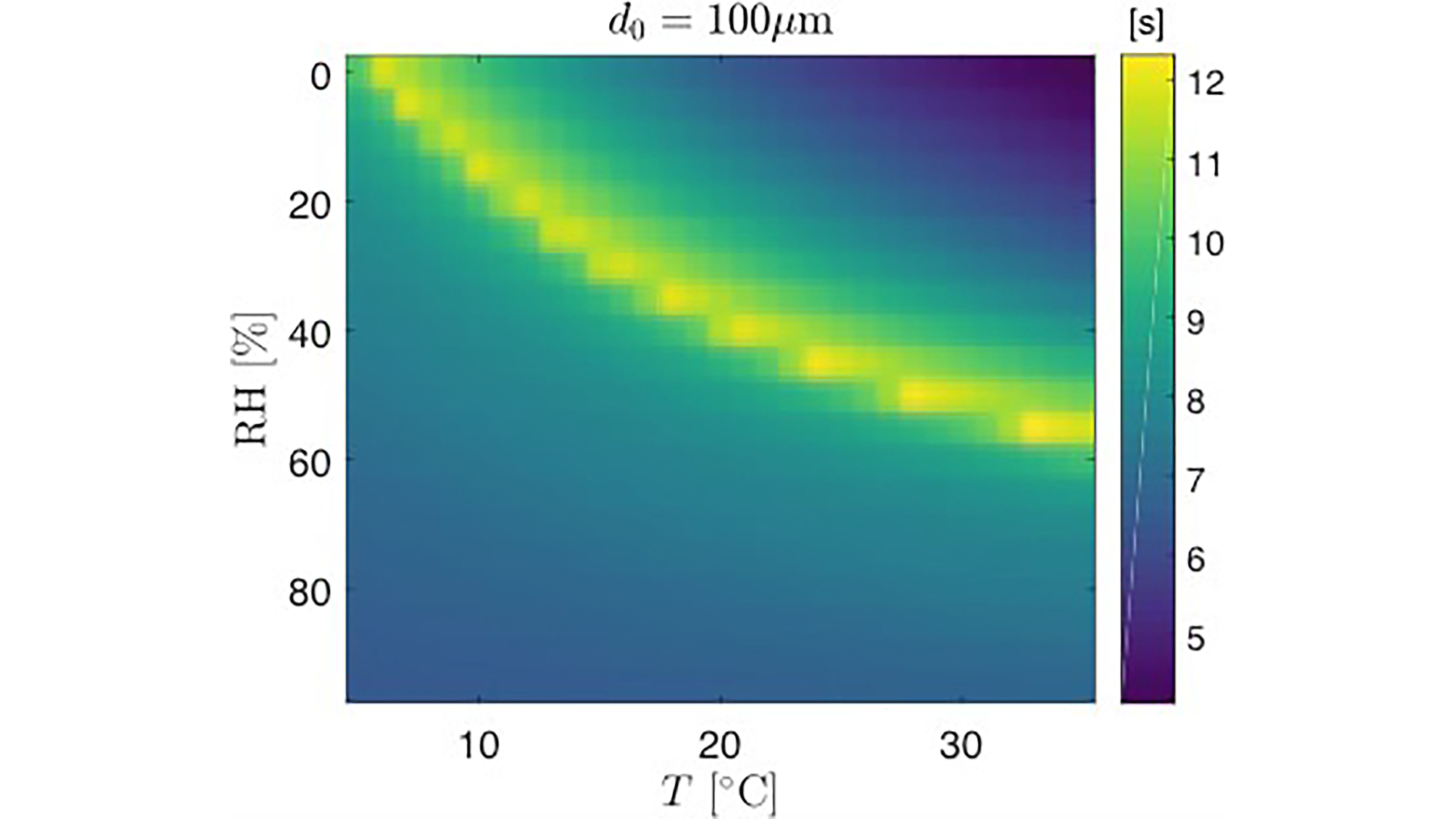
Humid Air Can Extend Lifetime of Virus-Laden Aerosol Droplets
The novel coronavirus that causes COVID-19 is thought to spread through natural respiratory activities, but little is known about how the virus is transported through the air. Scientists report in Physics of Fluids on a study of how airflow and fluid flow affect exhaled droplets that can contain the virus. Their model includes a more accurate description of air turbulence that affects an exhaled droplet’s trajectory. Calculations with their model reveal, among other things, an important and surprising effect of humid air.
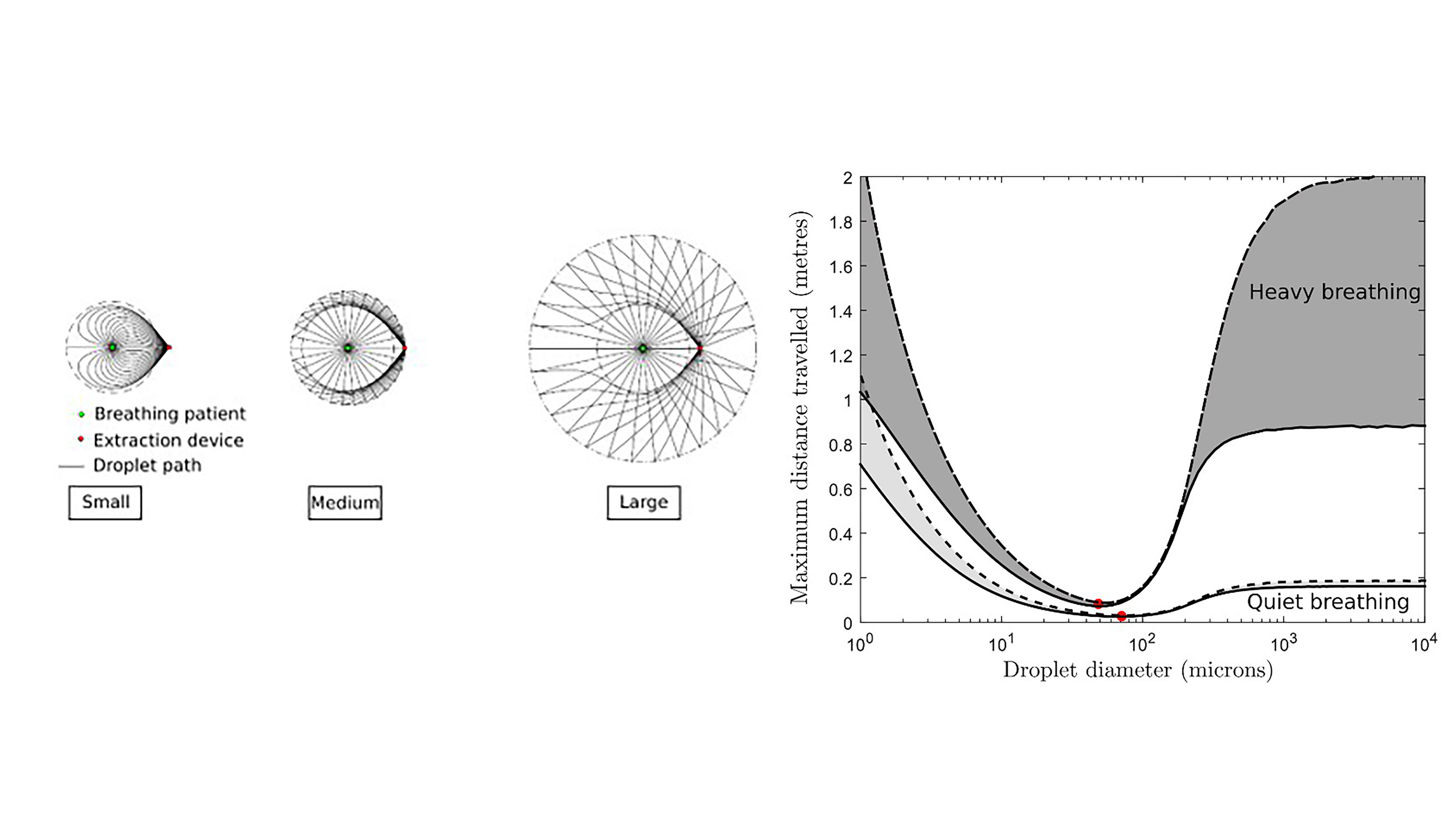
Droplet Spread from Humans Doesn’t Always Follow Airflow
If aerosol transmission of COVID-19 is confirmed to be significant, as suspected, we will need to reconsider guidelines on social distancing, ventilation systems and shared spaces. Researchers in the U.K. believe a better understanding of different droplet behaviors and their different dispersion mechanisms is also needed. In Physics of Fluids, the group presents a model that demarcates differently sized droplets. This has implications for understanding the spread of airborne diseases, because the dispersion tests revealed the absence of intermediate-sized droplets.